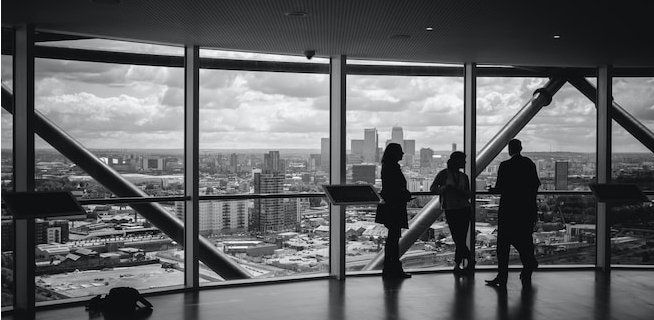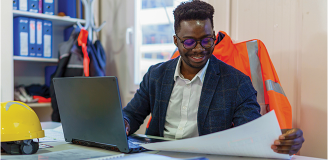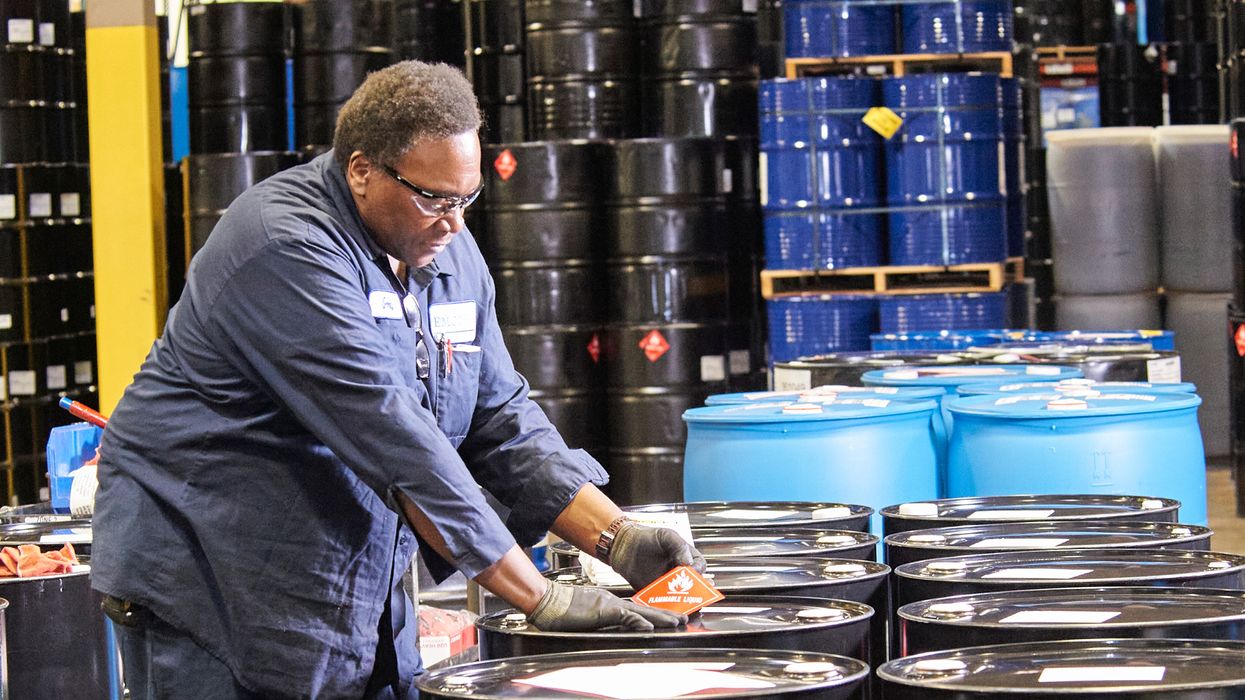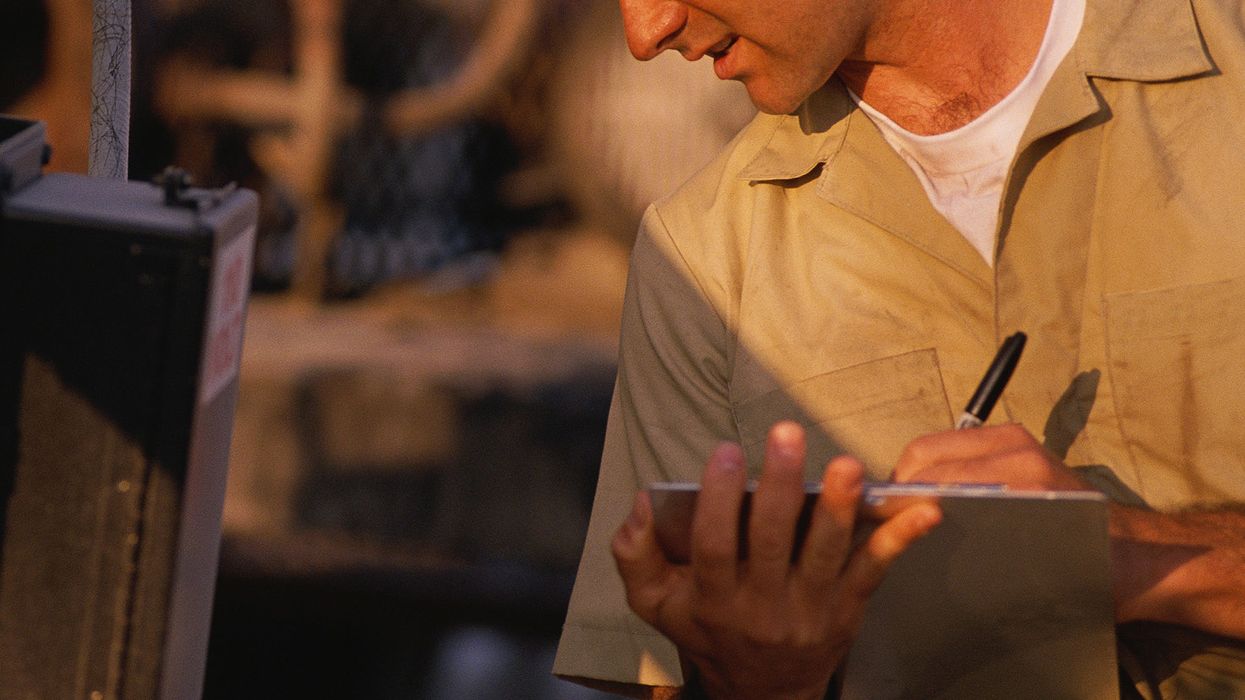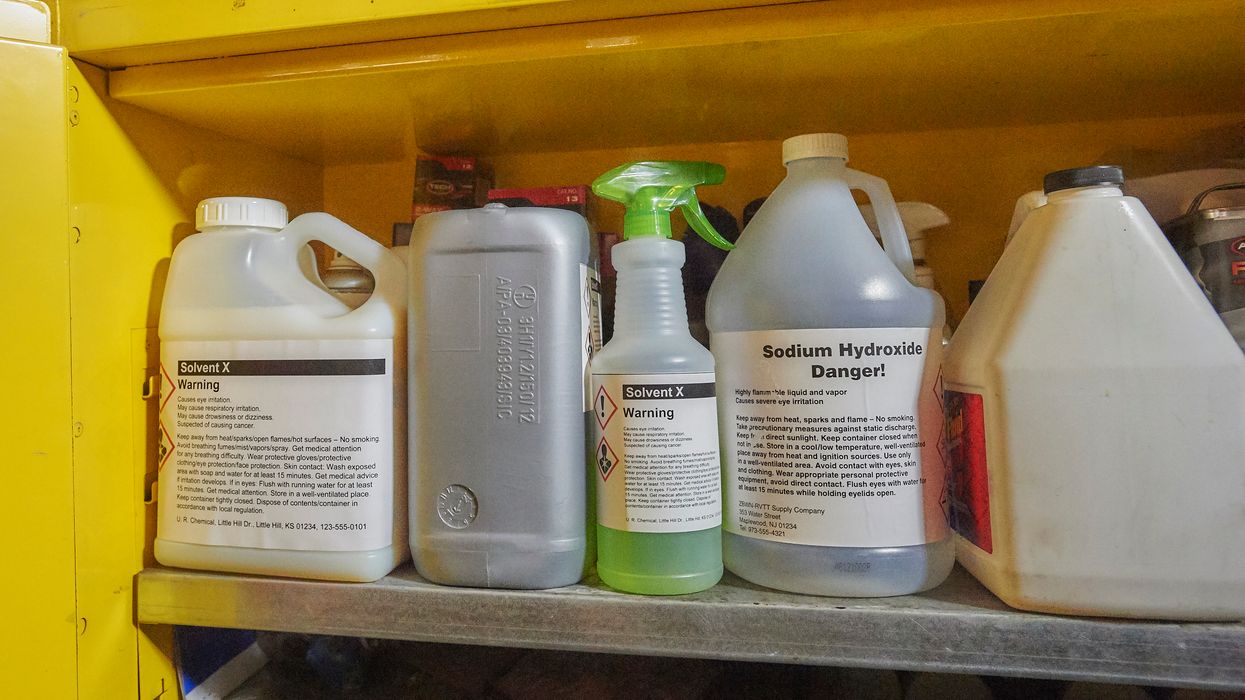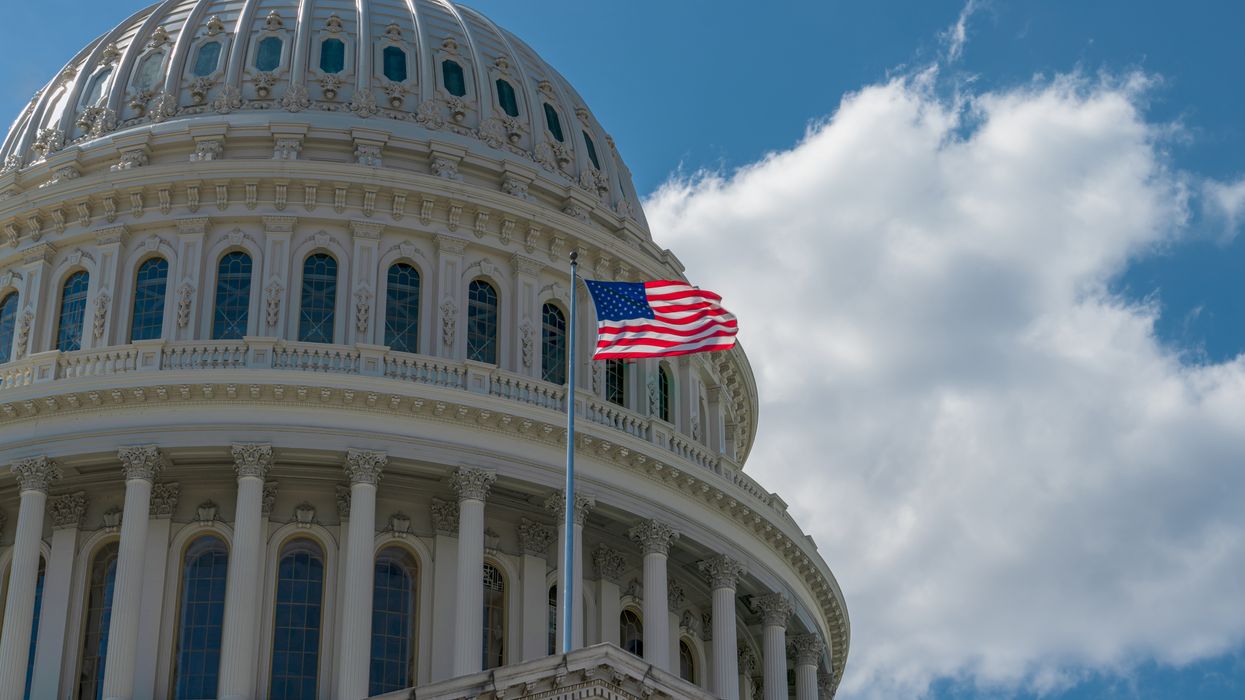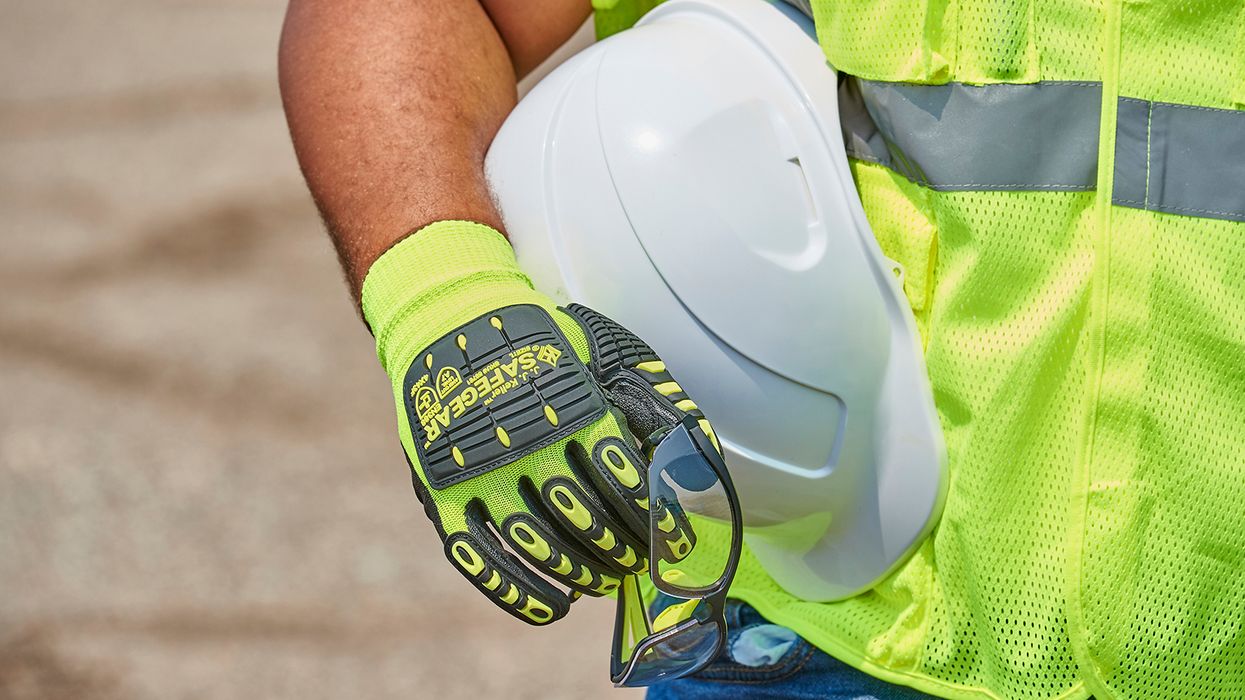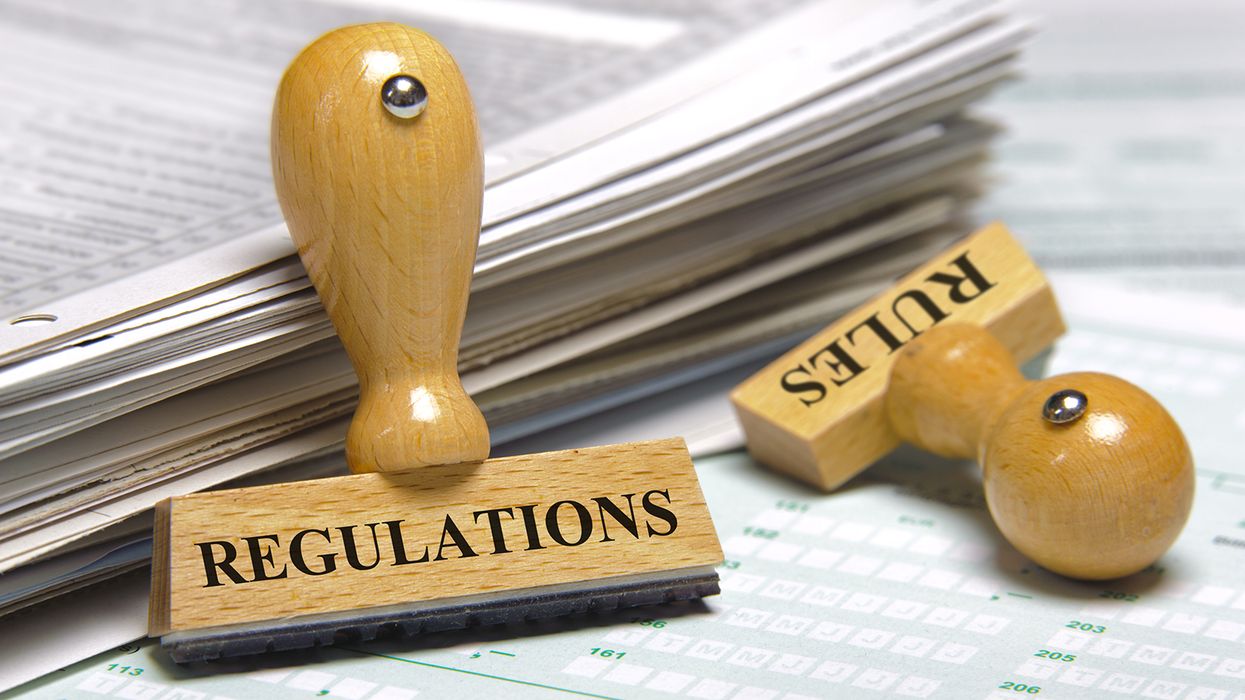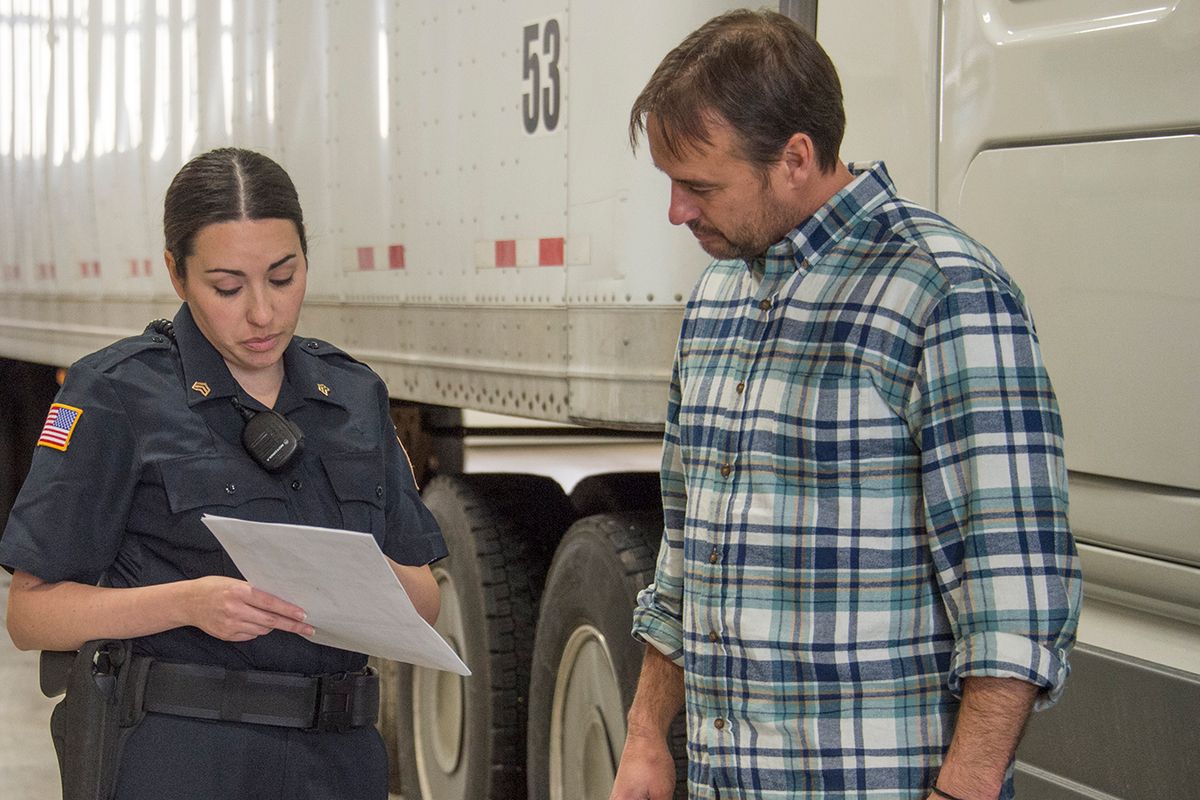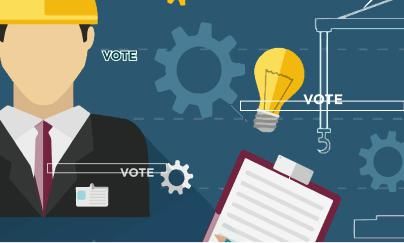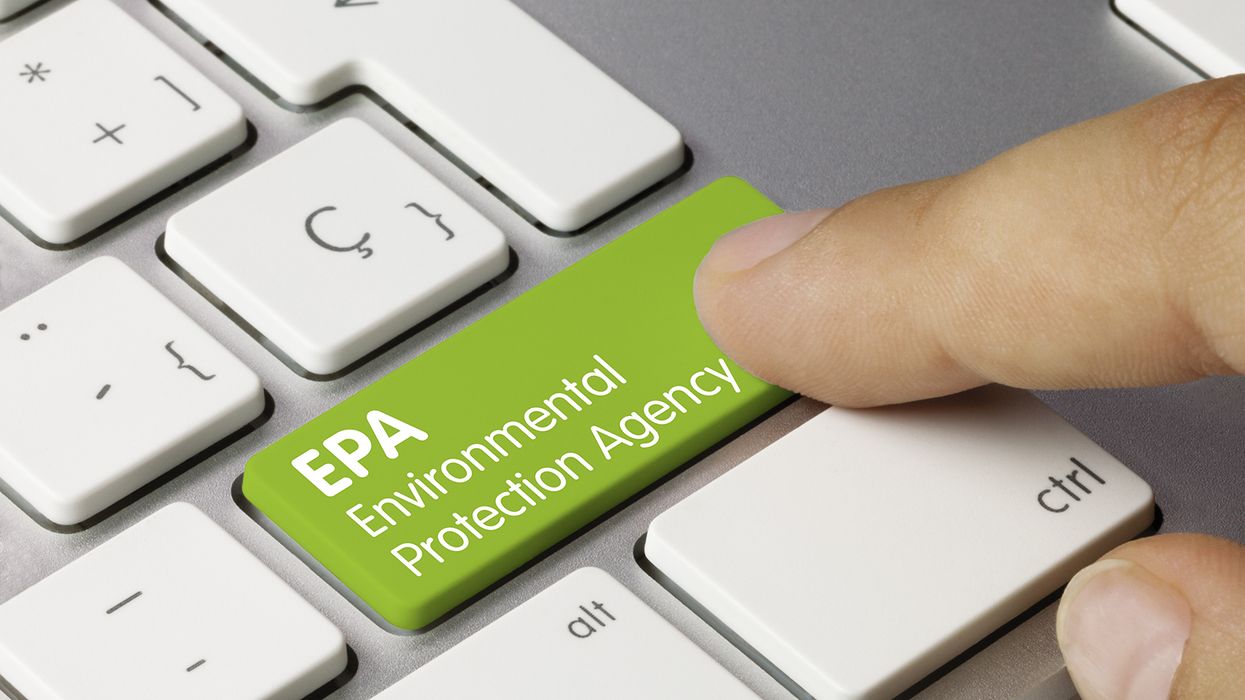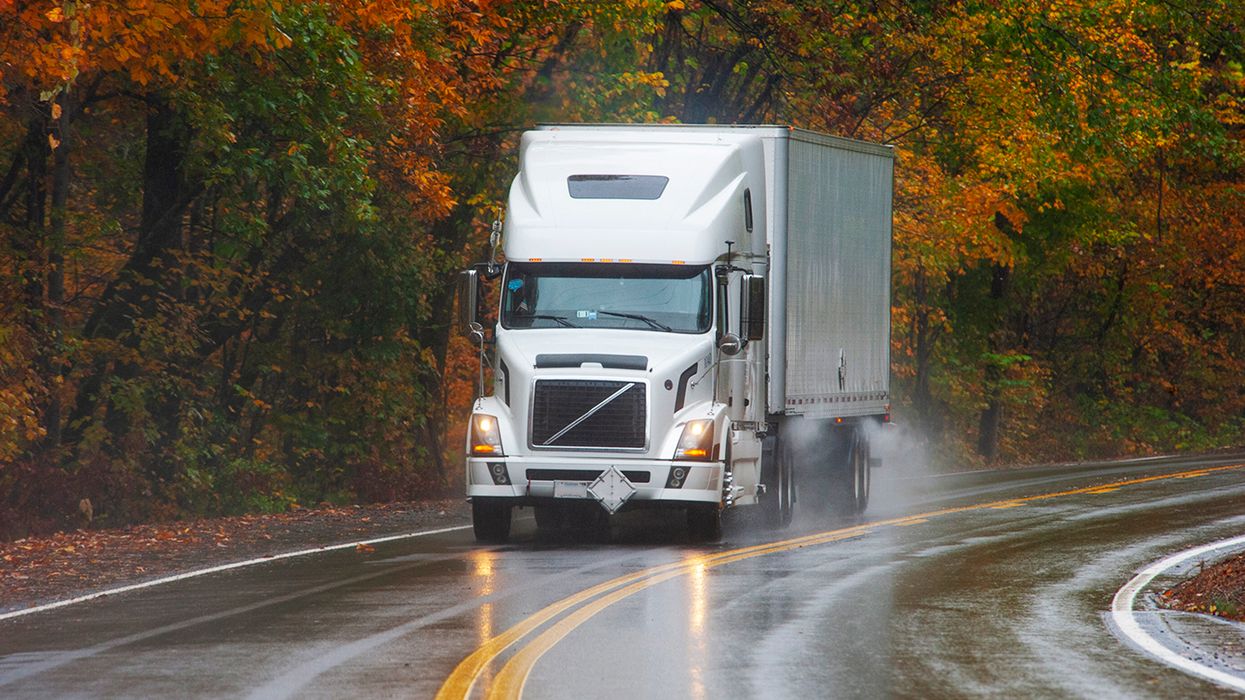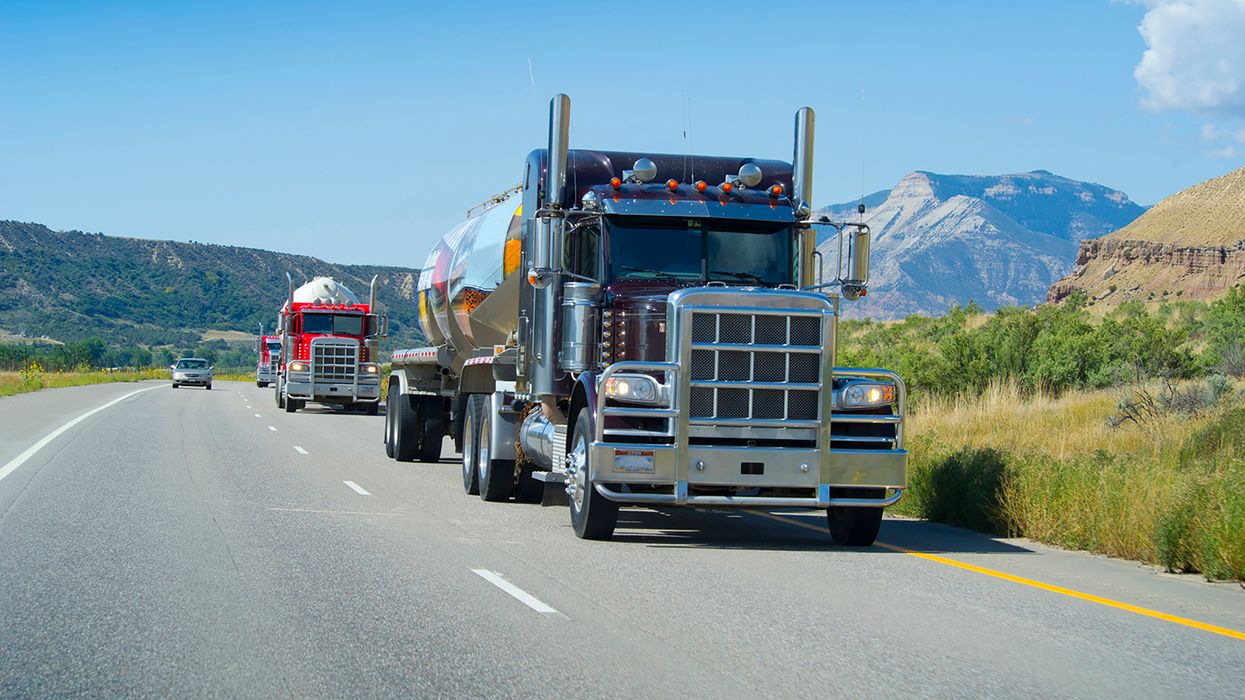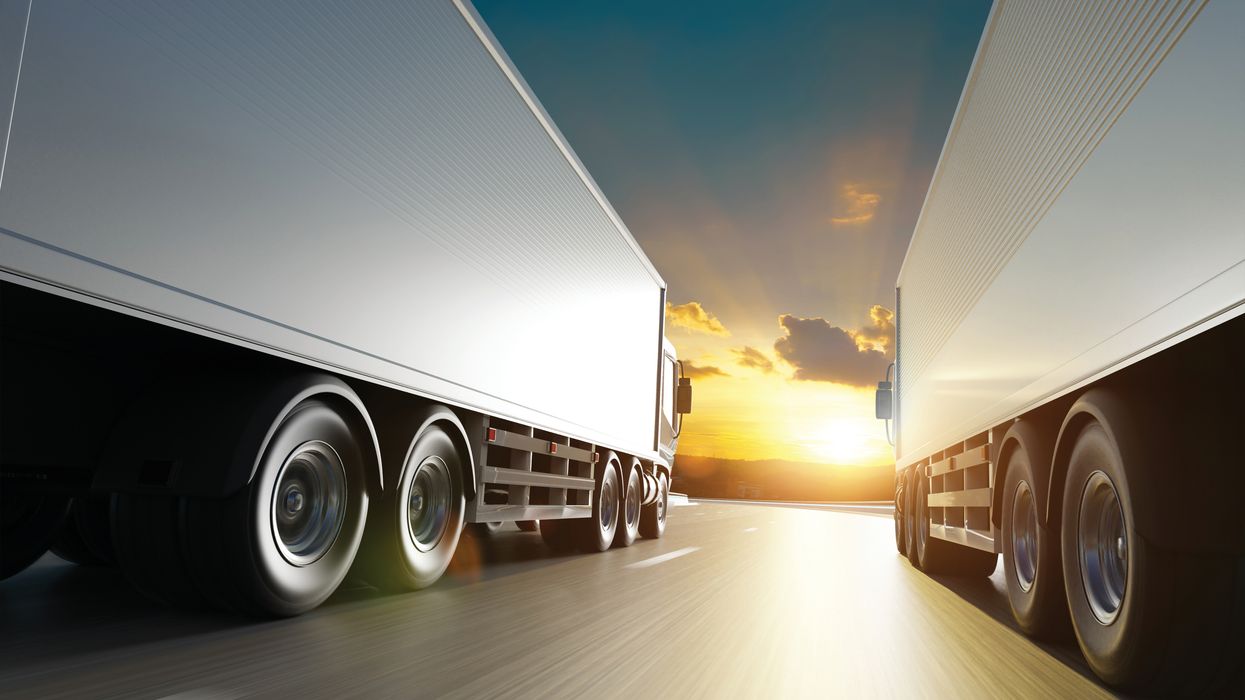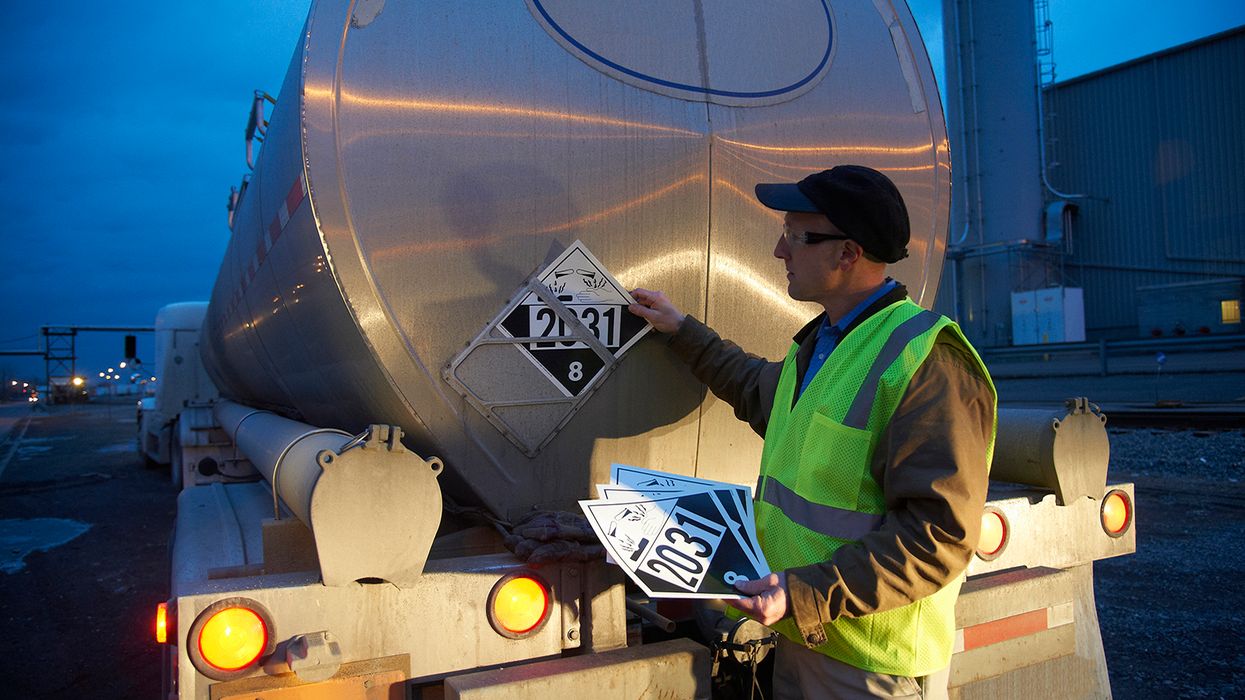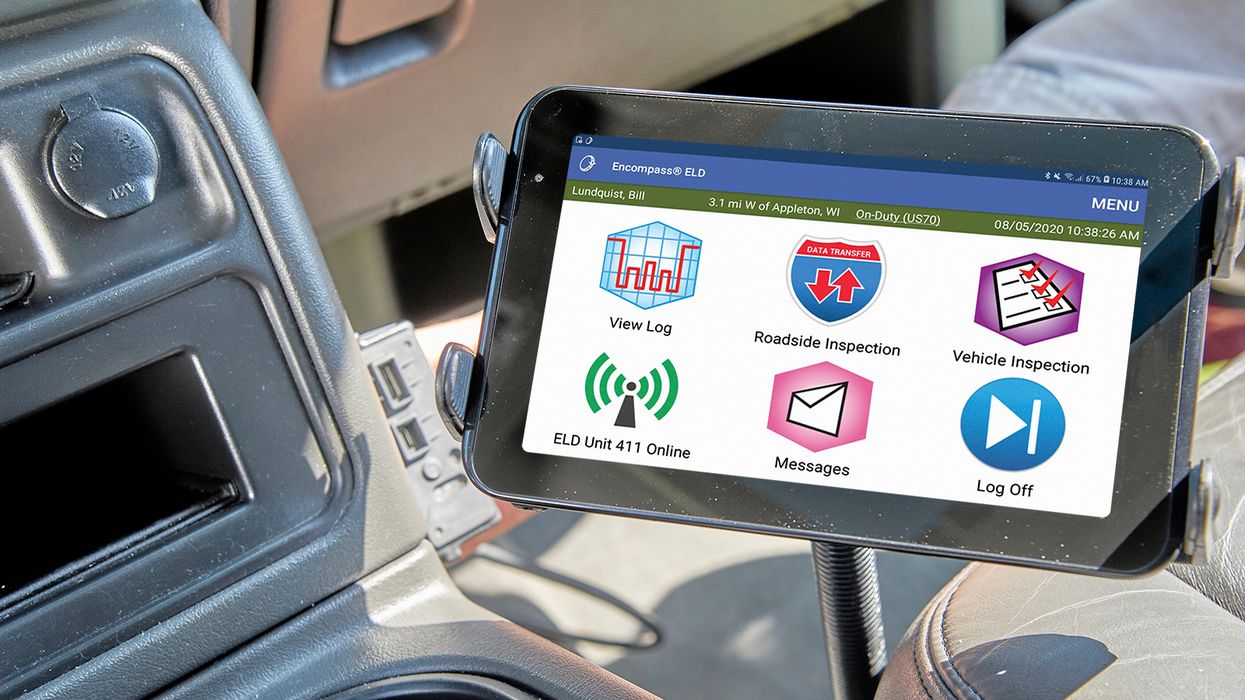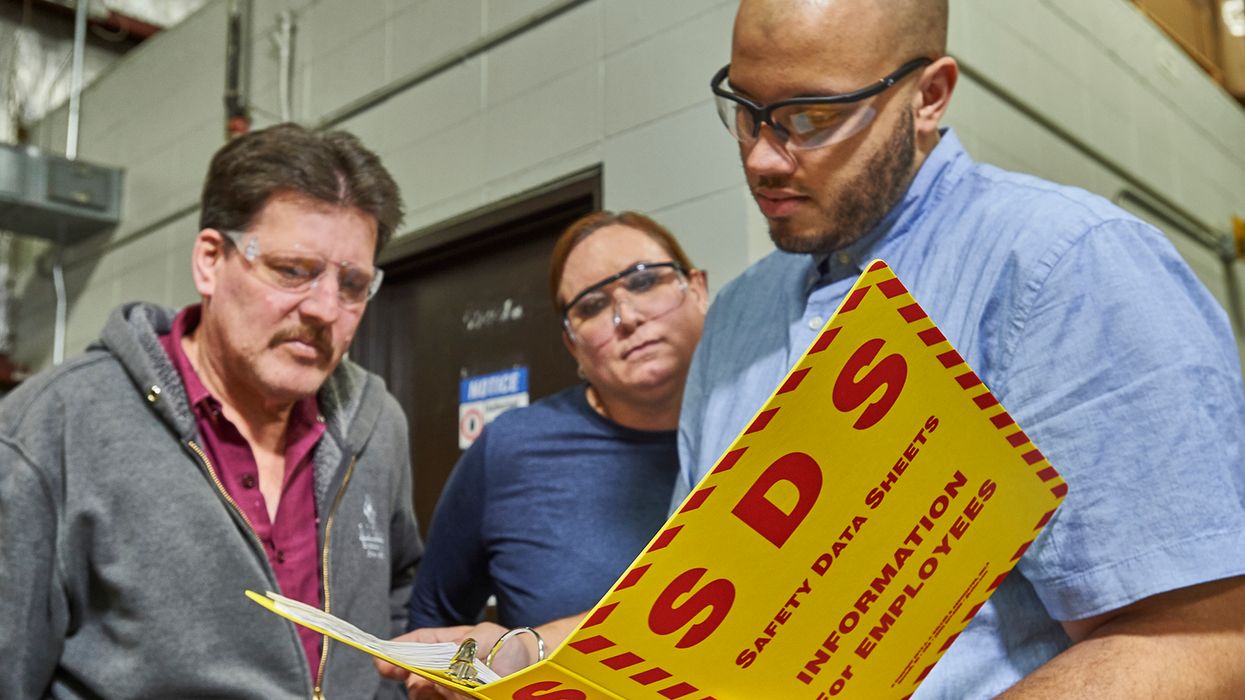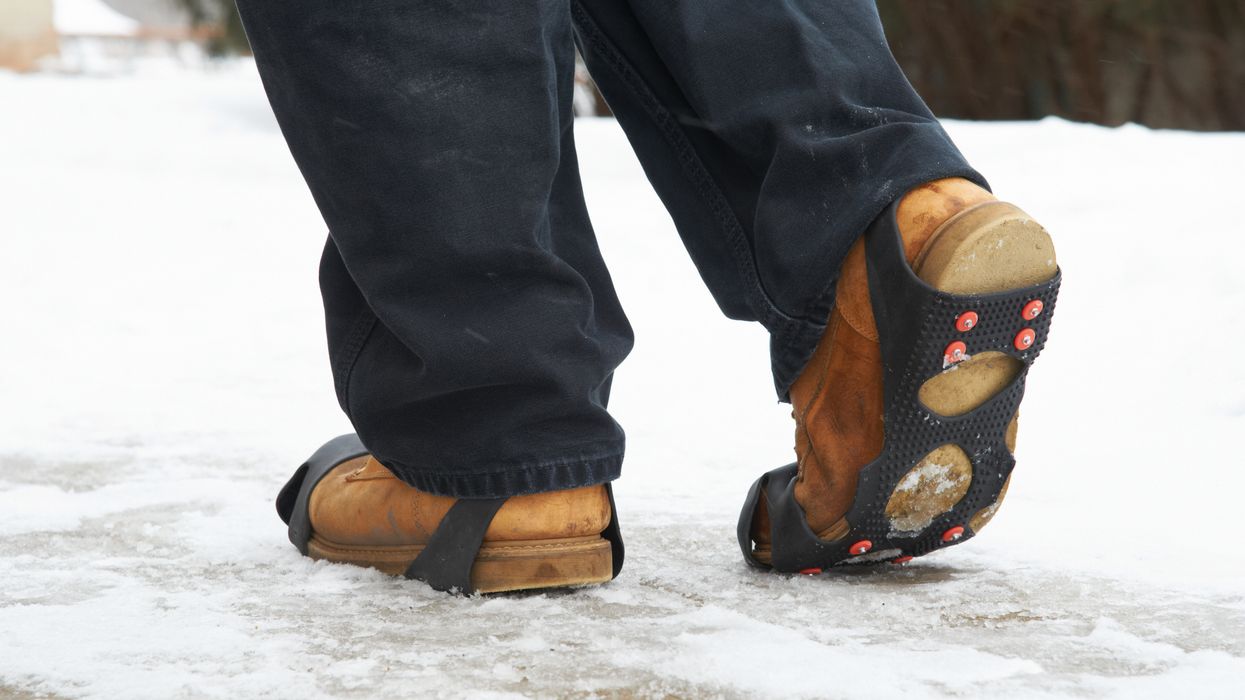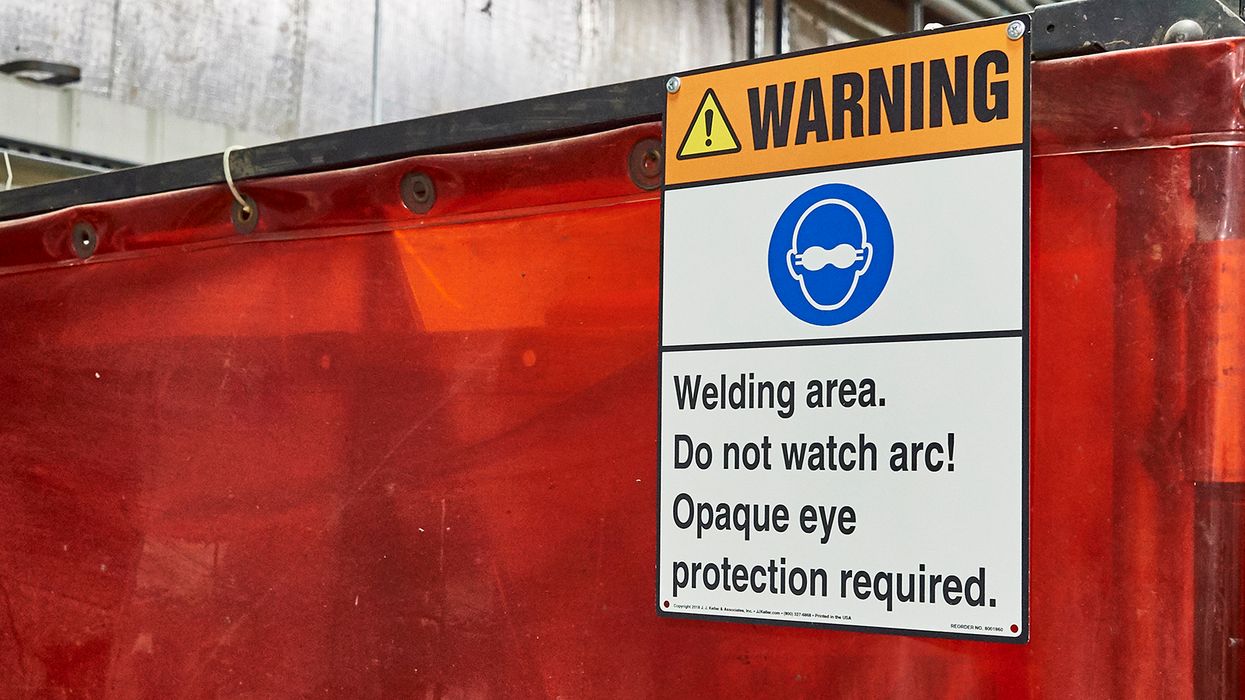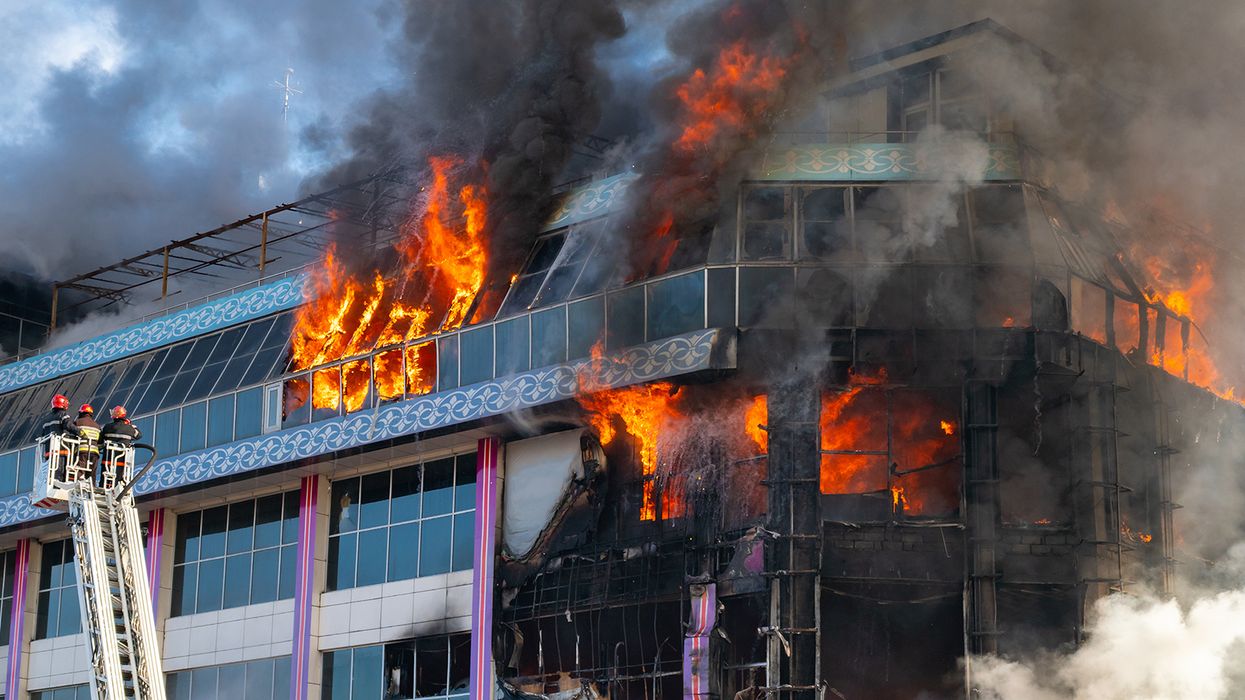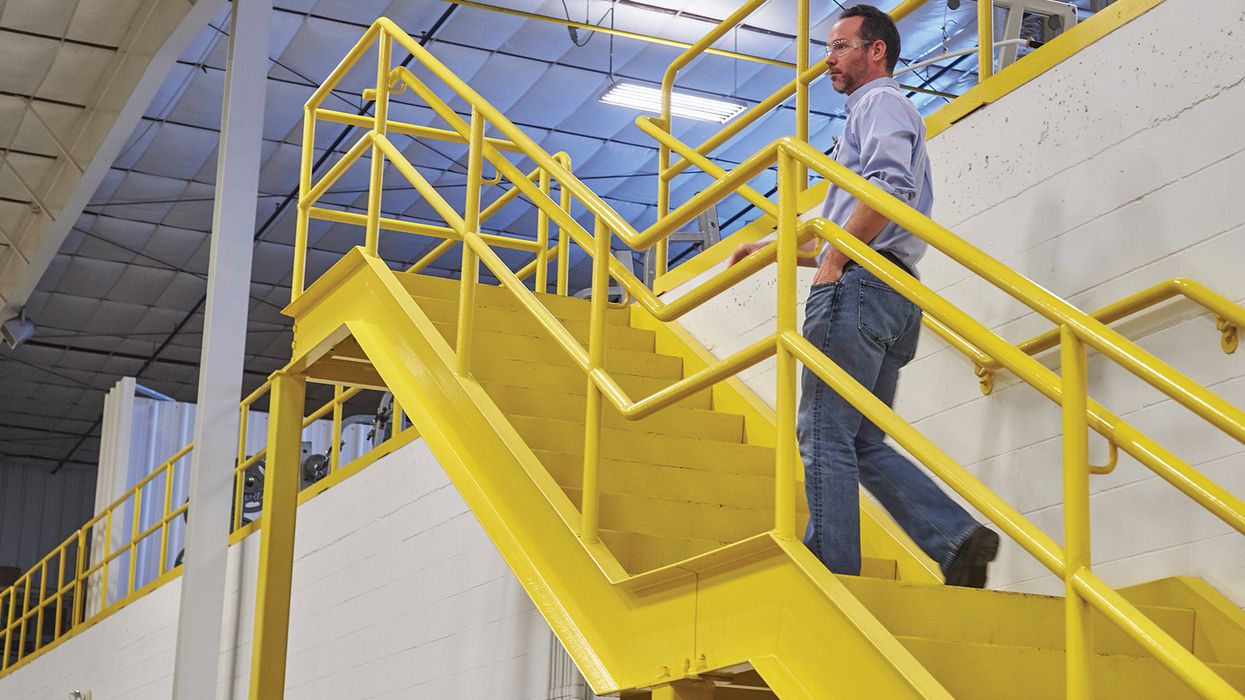Fall prevention: Gravity doesn’t care what industry you are in!
Fall protection for construction has, yet again, topped OSHA’s list of violations according to preliminary data for October 1, 2024, to August 12, 2025. For the fifteenth year in a row, workplaces were caught falling short on systems like guardrails, safety nets, or personal fall arrest systems necessary to protect employees working at heights.
Who is falling short?
When most people think of fall protection, images of construction workers on scaffolding or rooftops often come to mind. In fact, there were 5,914 violations cited under Fall Protection - general requirements for construction (29 CFR 1926.501). However, that doesn’t mean general industry employers are off the hook!
While construction sites are undeniably high-risk fall environments, general industry workplaces—such as manufacturing plants, warehouses, and distribution centers—face equally serious hazards. Falls in general industry remain one of the leading causes of serious injuries and fatalities with over 450,000 cases involving days away from work.
The misconception that fall protection is primarily a construction concern can lead to gaps in safety protocols, putting industrial workers at unnecessary risk. The U.S. Bureau of Labor Statistics (BLS) reported that falls, slips, and trips accounted for 885 workplace fatalities across all industry sectors in 2023.
What is the scope of the problem?
Simply stated, the scope of the problem is gravity itself—an invisible, constant force that pulls everything toward the center of the Earth. Unlike other workplace hazards that can be controlled or eliminated, gravity is always present and unforgiving regardless of industry.
When a person loses balance, missteps, or works at height without proper protection, gravity ensures that the fall will happen swiftly and often with serious consequences. This makes fall hazards particularly dangerous because the risk is not just about the height or surface, but the gravitational force that accelerates the fall. Effective fall protection strategies must therefore focus on preventing the fall in the first place.
Falls often occur in work areas that may not appear dangerous at first glance, such as elevated platforms, mezzanines, loading docks, and stairways. Slippery surfaces, cluttered walkways, and inadequate edge protection contribute to the risk, making fall protection a vital component of any workplace safety program.
When do regulations kick in?
OSHA requires fall protection in both construction and general industry, though the standards differ slightly. For construction (29 CFR Part 1926 Subpart M), the agency requires fall protection at 6 feet or more, while the general industry standard (29 CFR 1910 Subpart D) requires employers to provide fall protection at 4 feet or more. Employers must also ensure safe access to and from elevated work areas, which includes the use of guardrails, safety nets, and personal fall arrest systems, as well as regular inspections and employee training.
How can falls be prevented?
To effectively control fall risks, employers should implement a comprehensive fall protection program that includes:
- Hazard Assessments: Identify areas where fall risks exist, including elevated work surfaces, ladders, and floor openings.
- Engineering Controls: Install guardrails, toe boards, and covers over holes to eliminate hazards at the source.
- Personal Protective Equipment (PPE): Provide and maintain harnesses, lanyards, and other fall arrest systems where applicable.
- Routine Inspections: Regularly inspect equipment and work areas to ensure compliance and safety.
- Training and Education: Ensure all employees understand how to recognize fall hazards and properly use fall protection.
Ultimately, fall protection is not just about equipment—it’s about cultivating a culture of safety. Employers must prioritize fall prevention as part of their overall safety strategy, encouraging workers to report hazards and participate in safety initiatives. By doing so, they not only comply with regulations but also protect their most valuable asset: their people.
Key to remember: Falls can happen anywhere gravity exists and not only disrupt operations, but will have lasting impacts on workers’ health and livelihoods. Regardless of industry, implementing robust fall protection measures such as guardrails, harness systems, and proper training is essential to creating a safe and compliant workplace.










